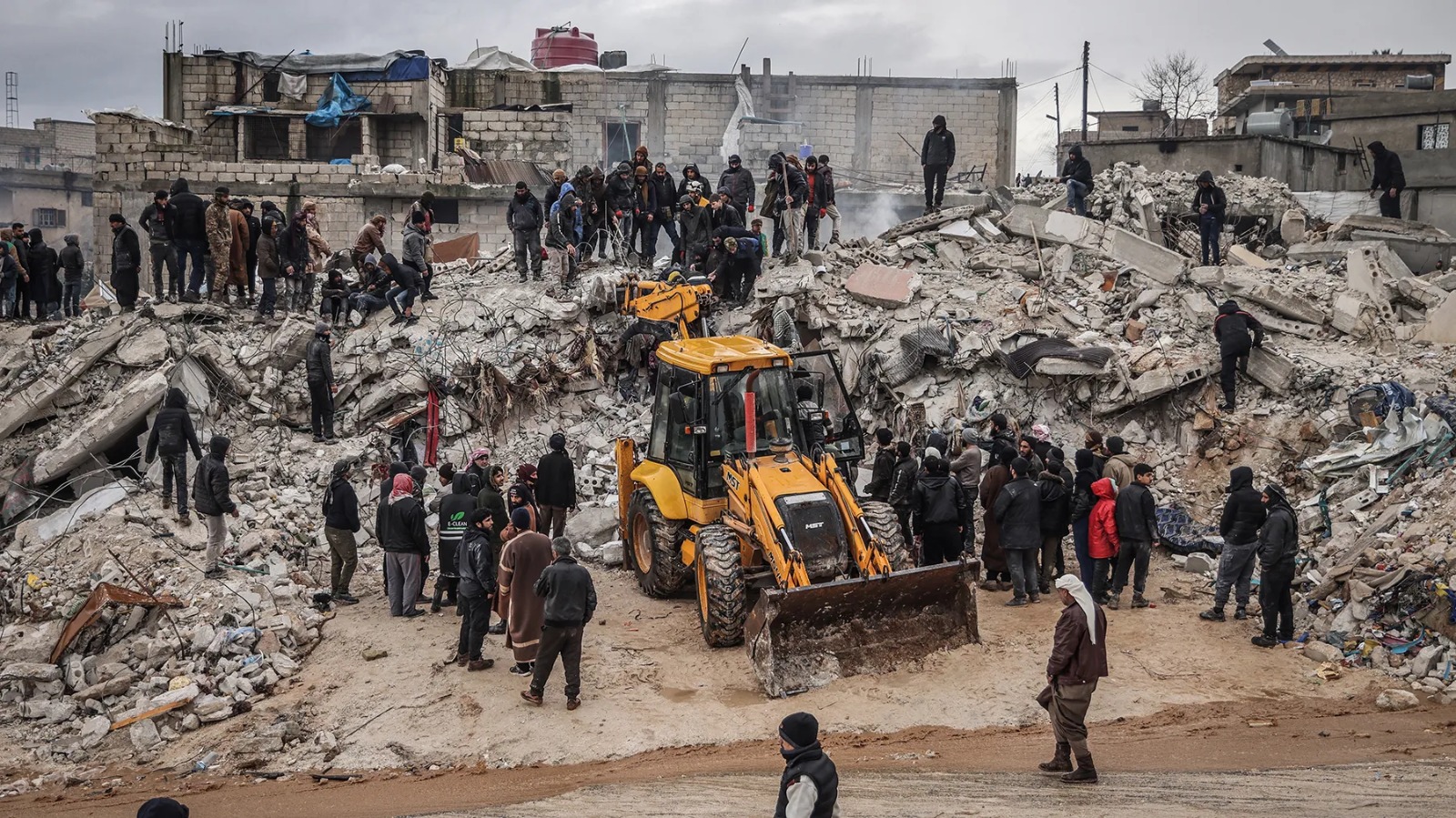At least 3,419 people are dead in Turkey, according to Vice President Fuat Oktay, who said at a televised conference on Tuesday.
According to Oktay, there have been at least 20,534 documented injuries.
According to Orhan Tatar, a nation's disaster management organization representative, 11,000 buildings are in a wreck in Turkey. According to him, around 25,000 emergency personnel work at the affected scenes.
According to officials, the death toll in Syria has increased to 1,602 throughout government- and opposition-controlled territories.

According to authorities, at least 3,649 people have severe injuries.
The data in this post is current as of 1 PM, EAT.
Where was the origin of this mega earthquake?
One of the worst earthquakes this decade is thought to have occurred on Monday when a magnitude 7.8 earthquake shook Turkey and Syria.
At a depth of approximately 18 km on the East Anatolian Fault, the epicentre was located about 26 kilometres to the east of the Turkish city of Nurdagi. The seismic activity in the northeastern radiation devastated central Turkey and Syria, leaving residents crying for help.

The East Anatolian Fault released little significant seismic activity in the 20th century. According to Roger Musson, an honorary researcher at the British Geological data, "it would seem likely blank if we were going only by (enormous) earthquakes are recorded by seismometers."
According to the U.S. Geological data, there have only been at least three earthquakes in the region that have recorded above 6.0 on the Richter Scale since 1970, while a 7.0 earthquake that struck the counties in 1822 killed 20,000 people.
A 6.7-magnitude aftershock struck the area eleven minutes after the original quake. Hours later, a 7.5-magnitude earthquake struck, and then a 6.0-magnitude earthquake struck in the afternoon.

-1675775983.jpeg)







